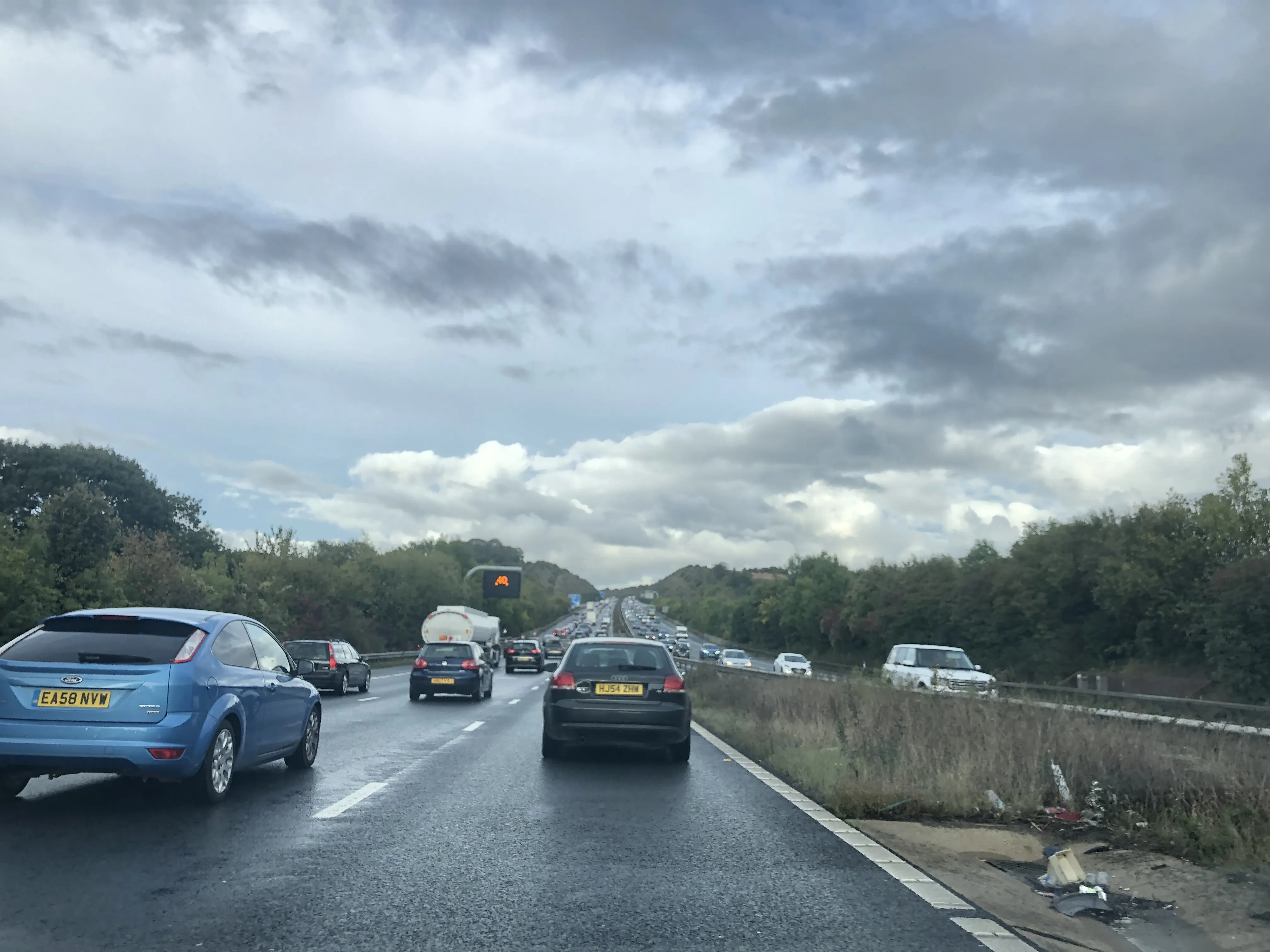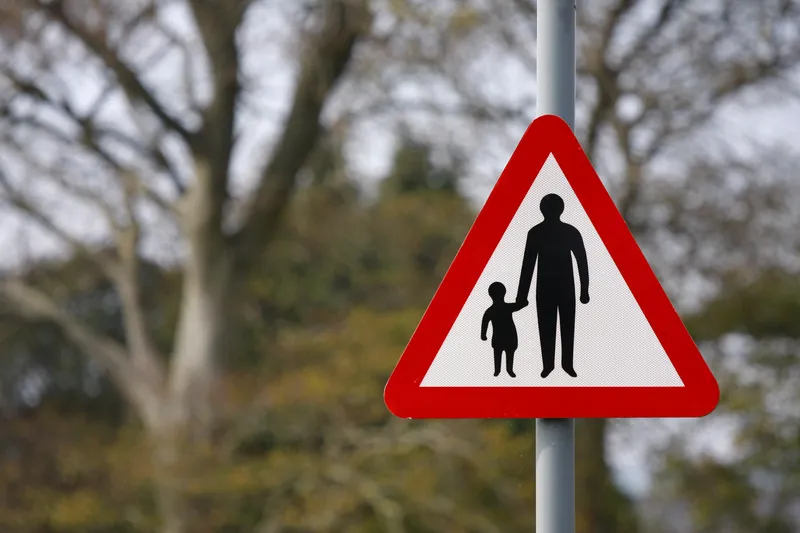
The UK needs to do more to reduce road crashes on major routes, cutting injuries and road deaths. That is the finding of a new report from the Road Safety Foundation. Motorways and A roads are in critical need of safety upgrades according to the report.
The Road Safety Performance and Investment Opportunities report states that while these roads make up less than 13% of the whole network, they account for almost 60% of all fatal crashes, as well as over 40% of serious road crashes.
The Major Road Network* in England represents a huge opportunity to reduce deaths and injuries. This is a classification of local authority roads that are most important– carrying high traffic flows including significant heavy and light goods vehicles, and providing vital links between important towns and to the strategic road network managed by National Highways. These roads have more than four times the number of fatal and serious crashes/mile driven compared with the Strategic Road Network managed by National Highways.
The Road Safety Foundation argues that high-return road safety schemes are available across Great Britain, often with much better benefit-cost ratios than for other public sector investment. The societal loss attributable to road crashes in 2022 was £43 billion, according to the Department for Transport (DfT), so substantial investment in road safety measures known to prevent death and serious injury is justified. So far, the £150 million investment in the DfT’s Safer Roads Fund has led to schemes that are expected to prevent 2,210 fatal and serious injuries over a 20-year period, with a societal benefit of £970 million.
The Benefit-Cost Ratio (BCR) for the latest Safer Roads Fund portfolio investment was 7.4. The report identifies groups of routes that meet different value for money criteria depending on the network to which they belong.
”There are incredible opportunities to invest in safer road infrastructure across so many of Britain’s motorways and ‘A’ roads,” said Dr Suzy Charman, executive director of the Road Safety Foundation, and one of the report’s authors.
“The numbers represent a compelling business case with benefit to cost ratios far in excess of traditional road infrastructure or transport schemes. We must also remember that this presents a unique opportunity to prevent the pain, grief and suffering associated with a large number of road deaths and the turmoil that results from serious injuries. The Department for Transport’s Safer Roads Fund provides us with a blueprint of what is possible, and can be readily extended to local authority major roads. It is also vital that the next Road Investment Strategy allocates sufficient funding towards such schemes, particularly if progress is to be made towards the commitment of zero harm on the SRN by 2040.”







